Kataragama is one of the three most venerated religious sites in Sri Lanka (along with Adam’s Peak and the Temple of the Tooth at Kandy), held sacred by Buddhists, Hindus and Muslims alike — even Christians sometimes visit in search of divine assistance. The most important of the town’s various shrines is dedicated to the god Kataragama. a Buddhist-cum-Hindu deity (see box below for more on his confused lineage) who is believed to reside here. The origins of this shrine are obscure. One theory has it that King Dutugemunu built a shrine to Kataragama here in the second century BC, while the adjacent Buddhist dagoba allegedly dates back to the first century BC.
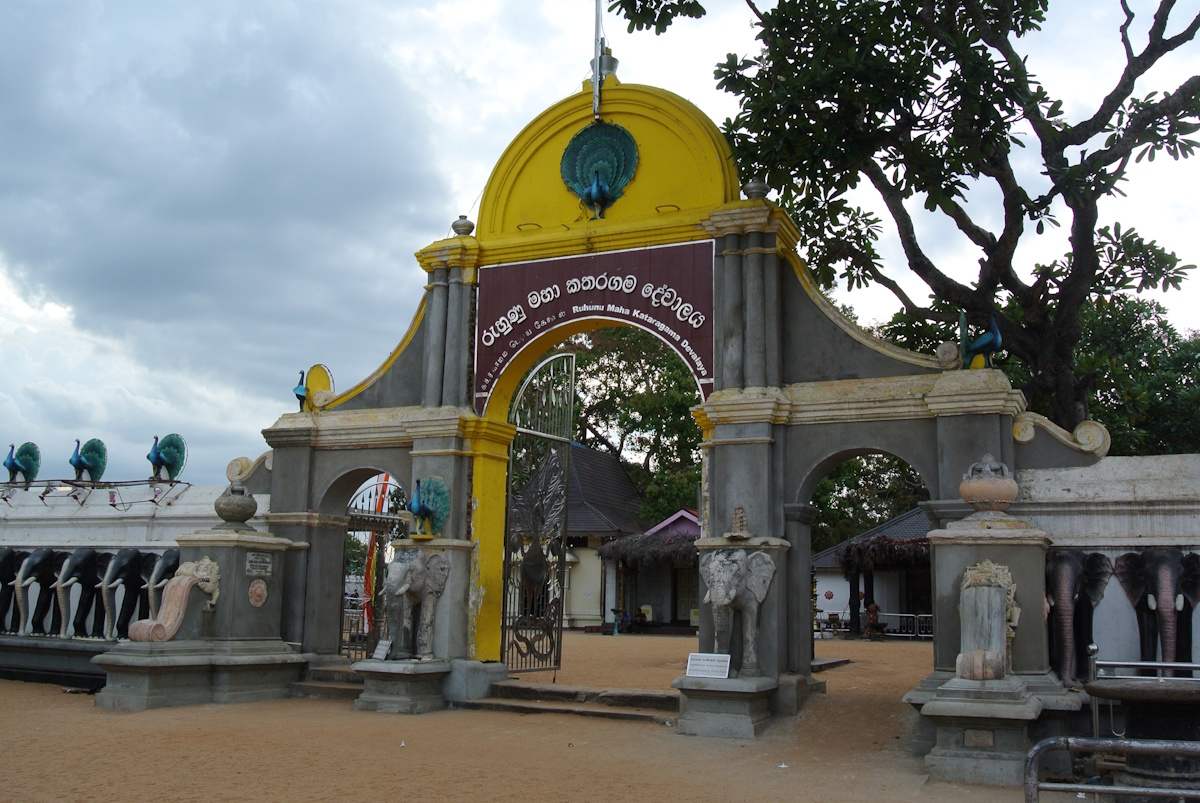
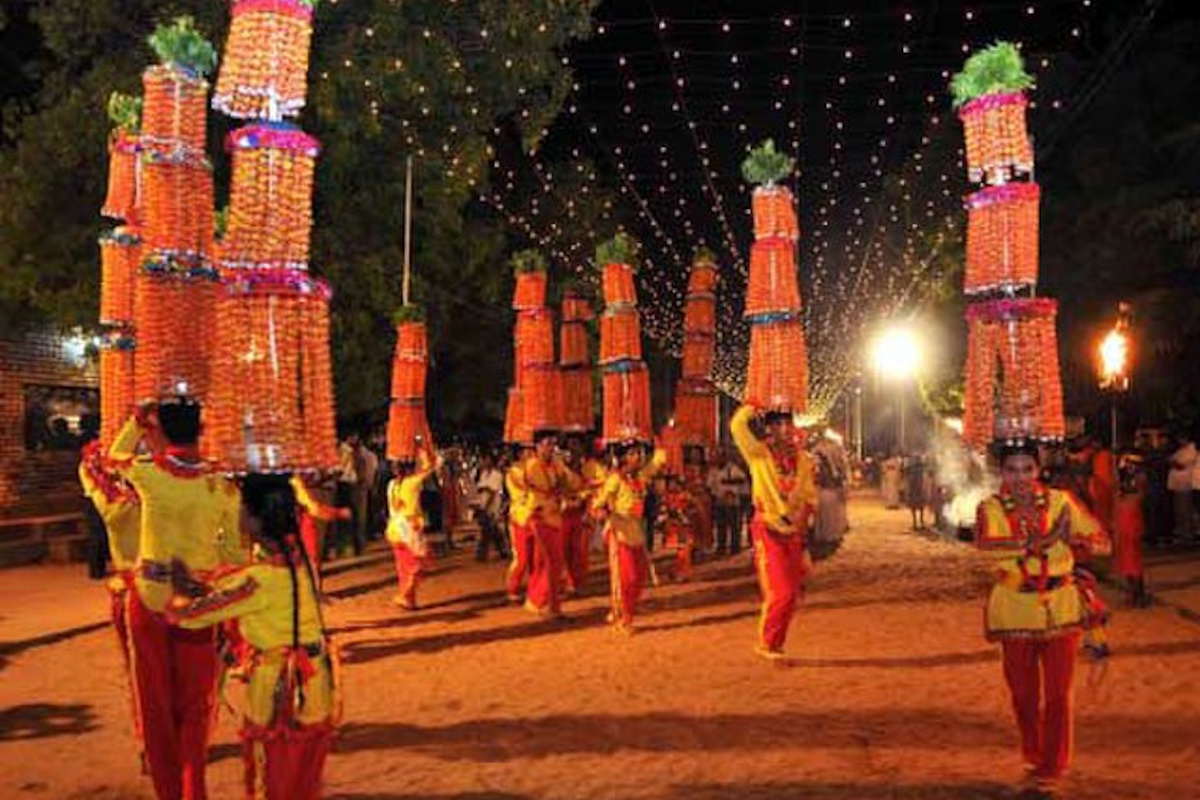
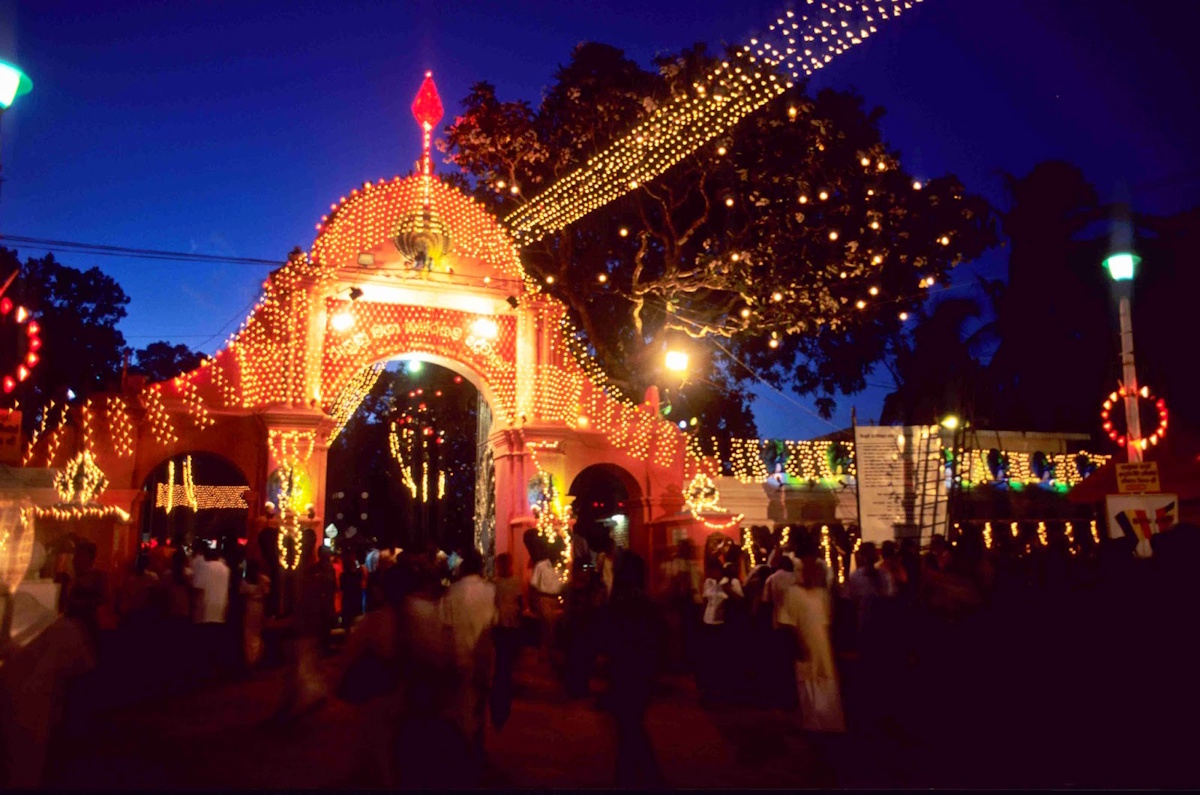
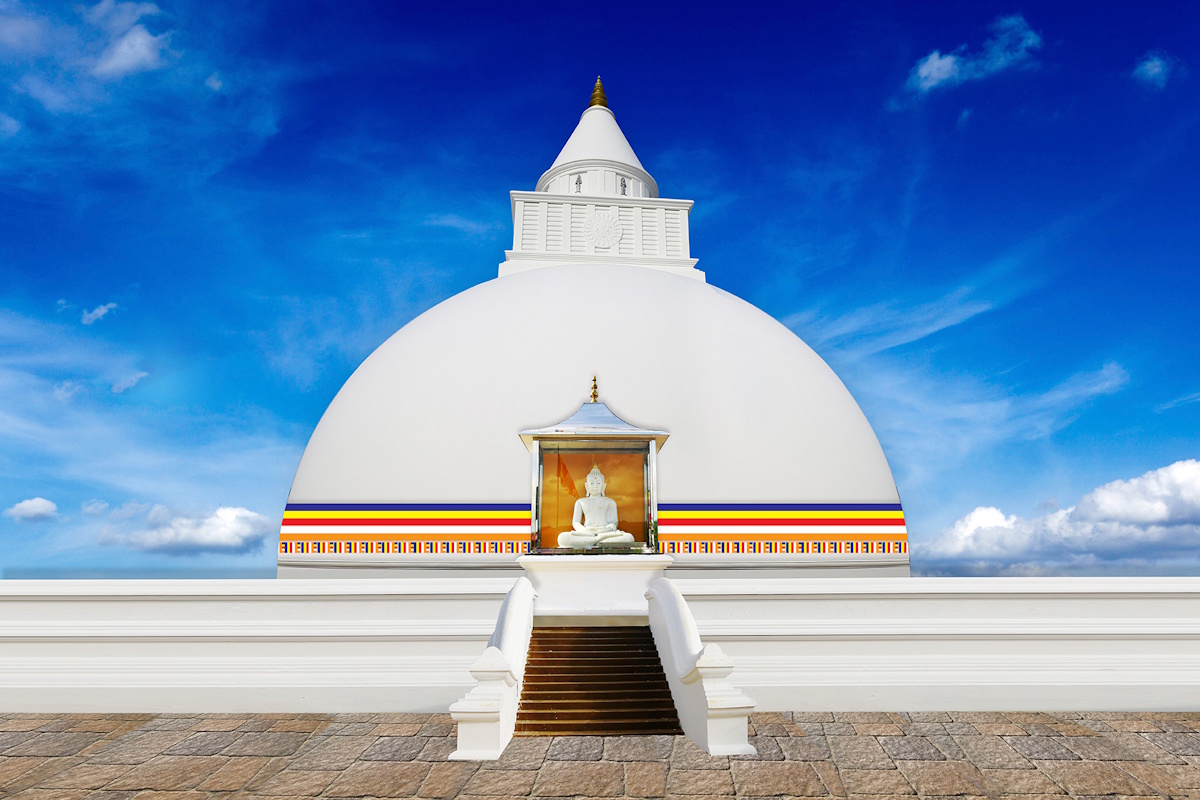
Kataragama’s roots stretch back over two millennia, evolving from an obscure shrine into one of South Asia’s most important multi-faith pilgrimage destinations. Its layered history reflects the island’s complex cultural tapestry:
3rd–5th Century CE: Earliest references in Pali and Tamil chronicles describe a shrine to Skanda (Murugan), the Hindu god of war, at “Kataragama,” meaning the place of Kataragama deviyo.
2nd Century BCE: Local Buddhist traditions hold that the Bodhisattva Kataragama deviyo—identified with the Hindu Skanda—visited the site, leading to early stupas and meditation caves.
Medieval Period (6th–13th Century): Kings such as Gajabahu I (CE 112–134) and Vijayabahu I (CE 1055–1110) patronized the Kataragama Devalaya, expanded its shrines, and linked it to royal pilgrimage circuits.
Colonial Era: Portuguese, Dutch, and British travelers noted Kataragama’s mosaic of rituals, including fire-walking and Kavadi dance, preserving its reputation as a living sanctuary.
Modern Transformation (20th Century): Improved roads and rail links turned Kataragama into a year-round destination, culminating in the massive Esala festival each July–August, when over a quarter-million devotees converge.
This continuous layering of Buddhist, Hindu, Muslim, and Christian traditions makes Kataragama unique—a place where legends, royal patronage, and popular devotion intertwine.
Today, Kataragama balances its sacred atmosphere with visitor needs. Pilgrims arrive by foot, bus, and train to perform ritual baths in the Menik Ganga, offer flowers at the Devalaya, and participate in drumming ceremonies. Local committees oversee sanitation, traffic flow, and preservation of ritual spaces, while guesthouses and eateries line the approach, serving devotees and travelers alike.
Situated at 125 m above sea level on the edge of the Ruhuna Dry Zone, Kataragama’s landscape features thorn scrub, palu forest, and irrigated paddy fields fed by seasonal streams. Annual rainfall is about 1,000 mm—heaviest during December–February—with temperatures ranging from 26 °C in winter to 34 °C in April.
Kataragama Devalaya: A multi-shrine complex honoring Skanda deviyo, a Buddhist Bodhisattva, and Vishnu, where devotees perform fire-walking and Kavadi rituals.
Sacred Ganga Baths: Pilgrims cleanse themselves in designated pools of the Menik Ganga, often accompanied by ritual chants and almsgiving.
Kiri Vehera Stupa: A 1st-century BCE Buddhist stupa perched on a small hill, offering panoramic views and a tranquil circumambulation path.
Pattini Devalaya: Shrine to the goddess of fertility and healing, central to female devotees who seek blessings for childbirth and wellness.
Forest Monasteries: Nearby hermitages such as Kirinda Raja Maha Vihara offer meditation retreats and serene forest walks.
Ussangoda National Park: Coastal reserve 25 km west, known for its rust-red soils, endemic flora, and dramatic ocean vistas.
Yala and Bundala Safaris: Kataragama serves as a convenient overnight base for wildlife excursions into neighboring national parks.
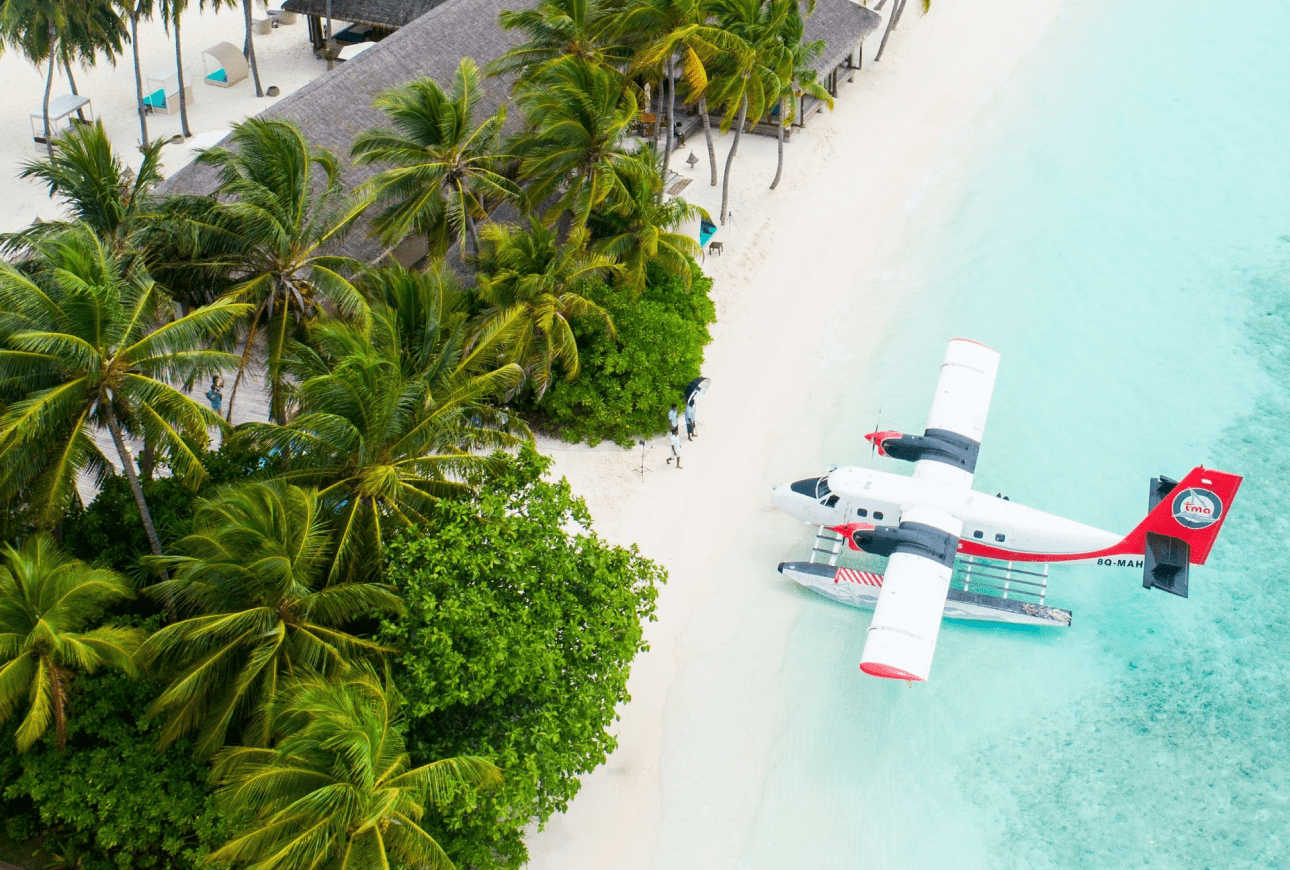
Subscribe to see secret deals prices drop the moment you sign up!